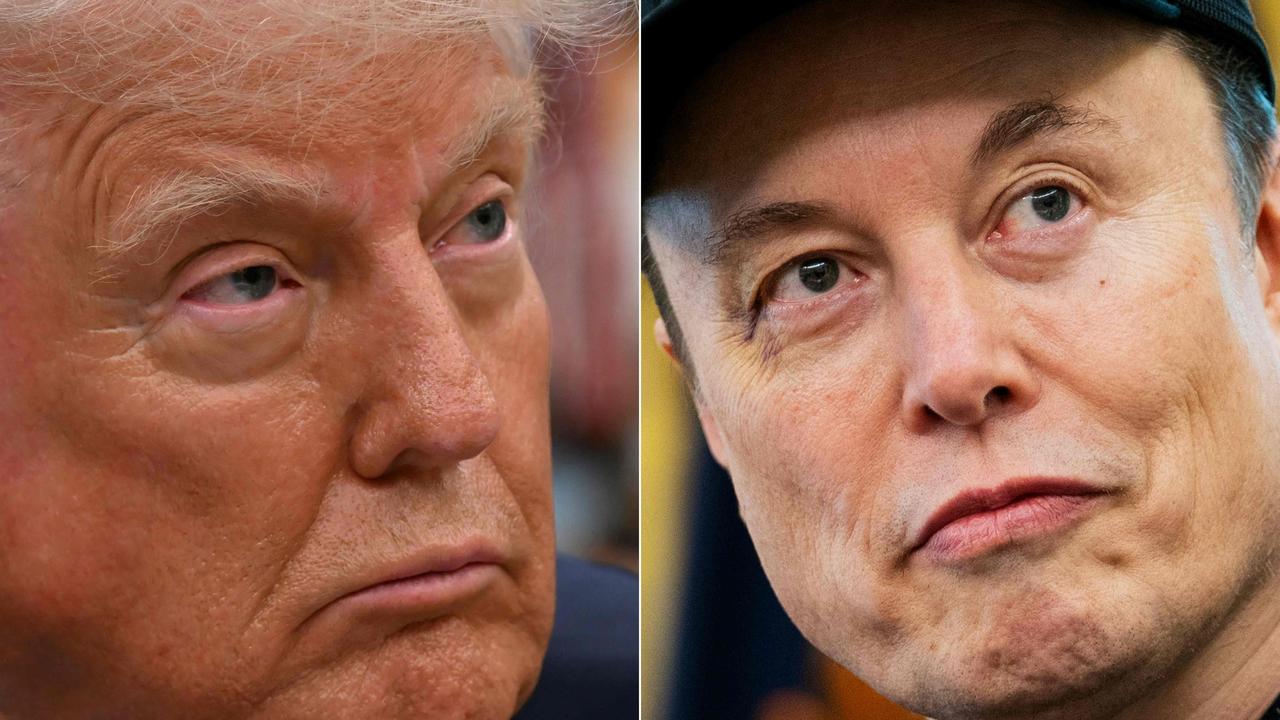Orica chief Alberto Calderon hails return to mining stability
Orica chief Alberto Calderon has hailed a return to stable earnings as the mining industry recovers.

Orica chief executive Alberto Calderon has hailed a return to stable earnings as the mining industry recovered from a tumultuous period and cost cuts countered lower prices and rising expenses.
Orica reported interim net profits of $195.2 million, up 3 per cent compared to the underlying result and 31 per cent ahead of the prior-period statutory result that was marred by one-off impairments.
The result beat the $182m average of analysts on Bloomberg and sent Orica shares to a 21-month high of $19.60 at the market open, before they fell back to close at $18.58, down 60c.
The world-leading explosives maker reported a 5 per cent fall in revenue to $2.44 billion, reflecting lower prices for contract renewals.
But volumes of ammonium nitrate sales rose 4 per cent, reflecting rises or level pegging in each of the company’s four main regions as mining companies returned to more normal conditions and quarrying activity in the US rose on the back of more infrastructure building.
A former BHP Billiton executive who joined Orica as a director and then chief executive in 2015, Mr Calderon said big miners had returned to more normal levels of development and production after a collapse in commodity prices from 2012 peaks saw them slashing costs and stalling production increases.
“The past two years were unusual compared to what we have seen in the mining industry since the 1990s,” Mr Calderon said. “We don’t expect to see that again.”
Orica avoided giving formal guidance but said that despite optimism about market conditions it expected a gradual recovery, with contract revenues likely to fall $60m for the year. This would be offset by continuing and new business improvement measures.
Orica remained exposed to mining volumes, rather than prices and Mr Calderon said volumes and exports were likely to persist, even if prices for iron ore or coal fell from existing lower levels.
Earnings before interest and tax was flat at $314m and $446m after excluding depreciation and amortisation.
Mr Calderon has stripped hundreds of millions of dollars in costs from the business after being forced to take $1.95bn in impairments in September 2015 within his first six months as CEO. Yesterday he said another $53m had been gained from business improvements in the half year.
That was enough to offset rising input costs, including gas, and lower prices in contract renewals that stripped a combined $55m from earnings.
Orica locked in gas supply contracts with BHP until 2020 but declined to say at what price or the increase from previous agreements. Mr Calderon said he expected the gas price in Australia to fall back to export price over the longer term as production increased. “Our results for the first half demonstrates a returning predictability to our financial and operational results,’’ he said.
“While our turnaround will continue throughout (the 2017 financial year), our EBIT reflects a stabilising business performance.”
Volumes in Australia, Pacific and Indonesia — Orica’s largest region — jumped to 624,000 tonnes while EBITDA rose 6.8 per cent. In Australia, explosives volumes rose 10 per cent due to improved demand from surface coalminers.
In the US, Mr Calderon said there had been a pick-up in infrastructure activity and that the region’s revenue could be bumped higher by US President Donald Trump’s widely touted policy to spend $US500bn upgrading and expanding infrastructure.
Orica is also in the final stages of testing for the Burrup fertiliser plant in the Pilbara in which it has a 45 per cent stake alongside Yara. Mr Calderon said he expected the plant to start running at half capacity later this year.



To join the conversation, please log in. Don't have an account? Register
Join the conversation, you are commenting as Logout